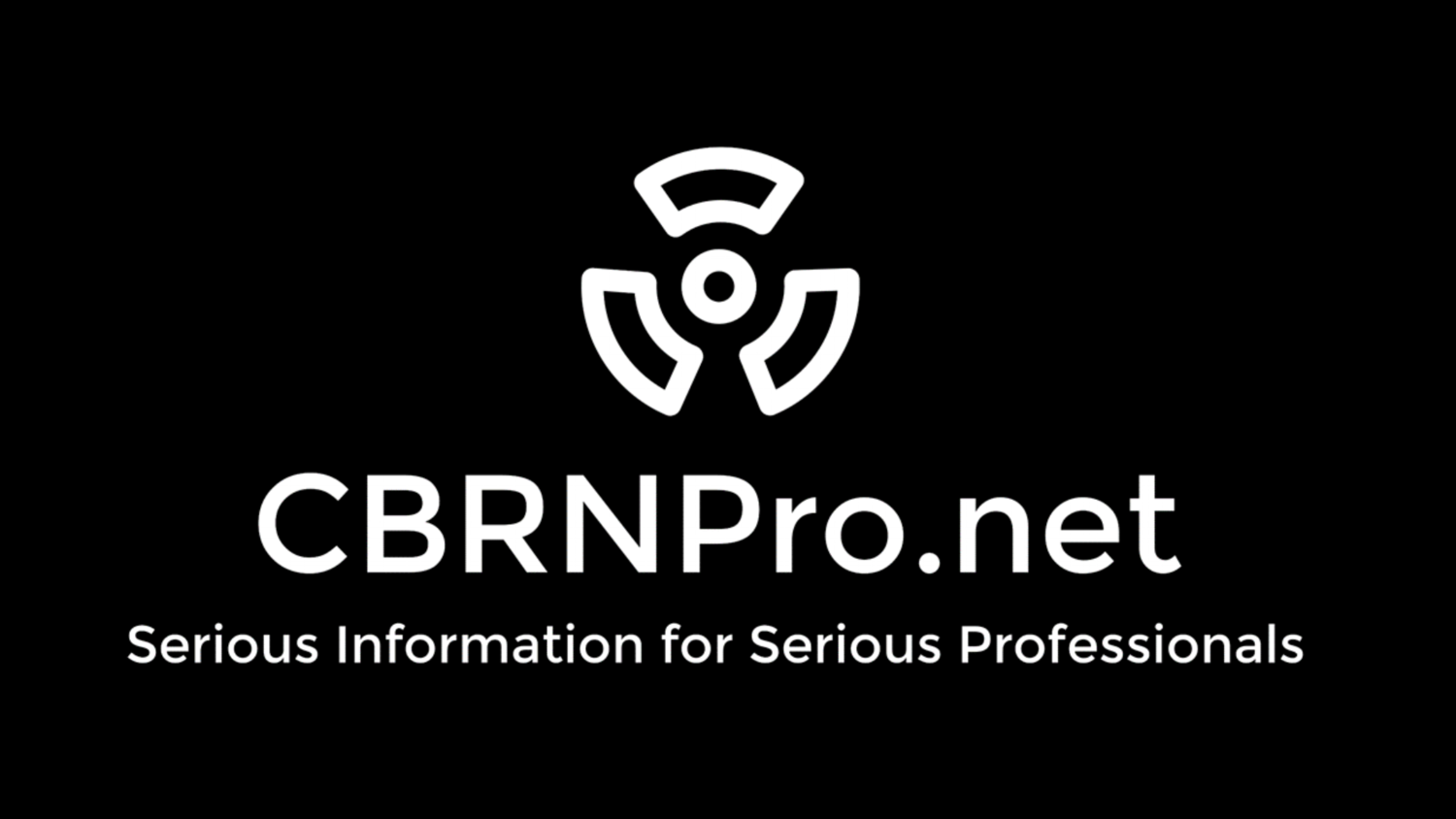CBRNPro.net's inaugural podcast is live on our website! Download and listen today.
Trivia Question: Who designed the Gatun Locks of the Panama Canal, was the first commander of the 1st Infantry Division "The Big Red One," and was the first commander of the US Chemical Warfare Service in World War I?
Answer: Major General William Luther Sibert, the "Hero of Panama" and "Father of the Chemical Warfare Service."
To learn how MG Sibert accomplished all that, and got relieved of command along the way, download and listen to CBRNPro.net's inaugural podcast today!













